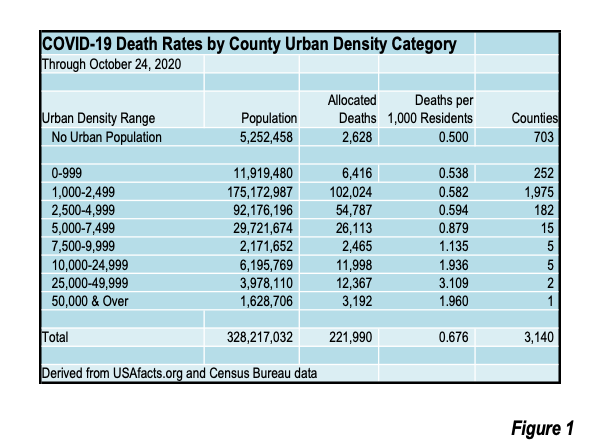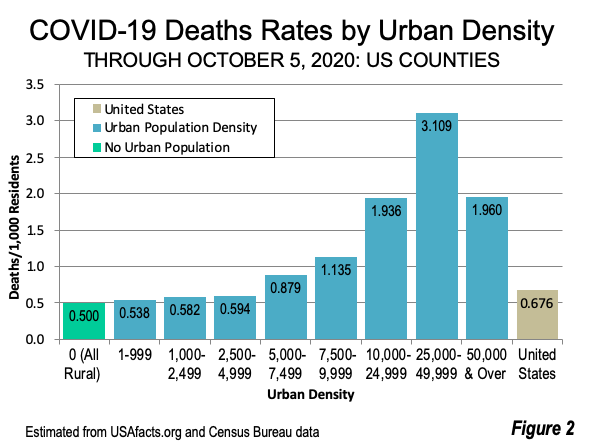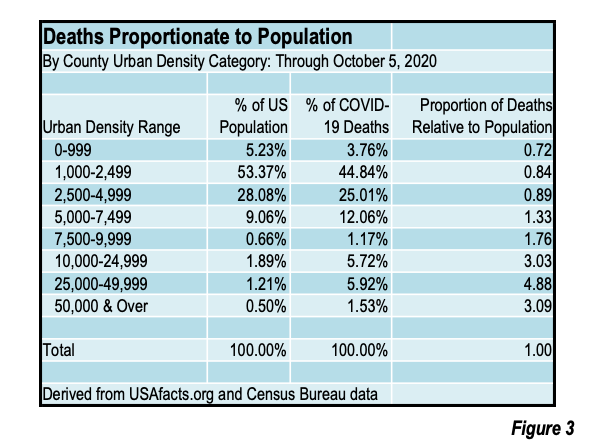On today's episode of Feudal Future hosts Joel Kotkin and Marshall Toplansky interview John Russo, co-author of Steel Town USA and a visiting scholar at Georgetown University. John has spent most of his academic career at Youngstown State University in Ohio, and he has spent much time cataloguing the plight of the middle class and working class in the US.
As the conversation begins, John talks about the political situation in Ohio. While Donald Trump polled well in Ohio in 2016, with the 2020 presidential election right around the corner, John notes that Trump is now in trouble in Ohio. He explains from his observations in Youngstown how this change occurred, specifically citing the development of disillusionment with Trump. John also comments on demographics in Ohio, an article he wrote on Trump’s prospects in the state, Operation Grant, schism within the Republican party, and party polarization.
Next, focus shifts to issues surrounding the election itself. John does not offer a concrete guess as to who will win, but comments that the election is not so much about Trump and Biden as it is about the American people and their future. The election marks a significant generational shift as a new wave of young voters steps up, and John explains how this generation differs from generations that preceded it. He shares about potential conflict in the Democratic party, the idea of a “political parabola,” and realities of fear among voters.
Finally, the conversation turns to thoughts on the future, focusing first on the top three policy initiatives of the prospective Biden administration before turning to the future of capitalism, which John imagines will look more like the system established in China. As the episode moves toward a close, Joel, Marshall, and John talk about issues in the technology sphere, the last chance for the democratic party, labor reform, and more!
More podcast episodes & show notes at JoelKotkin.com
Watch Episode on Youtube
Related:
Learn about John Russo.
Learn more about the Feudal Future podcast.
Learn more about Marshall Toplansky.
Learn more about Joel Kotkin.
Join the Beyond Feudalism Facebook group.
Read the Beyond Feudalism report.
Leran about Joel's book, The Coming of Neo-Feudalism.















